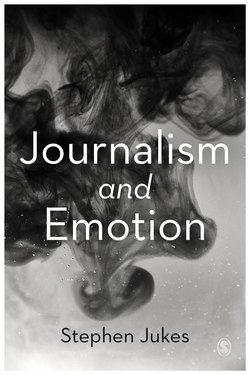Читать книгу Journalism and Emotion - Stephen Jukes - Страница 24
На сайте Литреса книга снята с продажи.
The attraction of user-generated content
ОглавлениеWhy then has mainstream media embraced the type of emotive content that is generated by social media and the climate of populism with such enthusiasm?
At an economic level, the answer lies in the way traditional business models of news have been steadily undermined by social media, syphoning away advertising and subscription revenues and leading to widespread editorial staffing cuts. According to the former editor of the Guardian, Alan Rusbridger, news organisations face no less than an existential economic threat (2018). The Pew Research Center (2019) has estimated that newsroom jobs in the United States dropped by 25% between 2008 and 2018, driven primarily by cost cuts at newspapers. In the United Kingdom, 228 newspapers have closed since 2005 (Press Gazette, 2018). In this climate of cost-cutting, user-generated content has often been used as a last resort to fill gaps in news coverage, particularly in the area of foreign news, where many news organisations have closed their foreign bureaux. Other areas of foreign news, such as the Syrian civil war, have simply become too dangerous for Western correspondents to cover on a routine basis, meaning an increased reliance on stringers, freelancers and those caught up in conflict.
User-generated content has also allowed consumers of news to see news they would only have been able to read about in the past. Passers-by capturing events on a mobile phone simply by dint of being present (sometimes termed ‘accidental journalism’ or ‘citizen witnessing’) has transformed audience expectations. There is, of course, a long history of bystanders witnessing news, not least the legendary Abraham Zapruder frames of the 1963 assassination of President John F. Kennedy (discussed in detail in Chapter 7). But the first cases of such images in the digital era can be traced back to the Asian tsunami of December 2004 when holidaymakers captured the devastating impact of tidal waves from hotel balconies. In the United Kingdom, the pivotal moment came in July 2005 when the London underground system was bombed. Camera crews had no access, but passengers caught up in the attacks started sending mobile phone pictures to news organisations. Helen Boaden, who was the BBC’s Director of News at the time, identified the attacks as a watershed and ‘the point at which the BBC knew that news gathering had changed forever’ (2008). In a BBC blog on the changing news landscape and July 7 attacks, she wrote:
